In this post, I compared the Sigma 35 mm f/1.2 lens on the Sony a7RIV with the Fujifilm 45 mm f/2.8 lens on the Fuji GFX 100, using a Siemens Star target. In this post, I’ll show you some images of foliage using the Fujifilm combination.
Here’s the scene:
I set up the camera as follows:
- RRS 4-series Versa legs
- Arca-Swiss C1
- 2-second self timer
- EFCS
- ISO 100
- AF-S
- Small focus spot
- f/2.8, f/4, f/5.6, f/8
- 1/1600, 1/800, 1/400, 1/200 second shutter speed
I developed the images in Lightroom with
- White balance set to Daylight
- Adobe Color Profile
- Sharpening: amount 20, radius 1, detail 0
I picked the sharpest of the three exposures. If you’ve seen these here before, just jump to the images. If not, I need to spend some time telling you how to interpret them. They’re at roughly 250% magnification, enlarged to 700 pixels high on export from Lightroom. If you just want a rough idea of the differences, just look at the images as displayed in-line in the posts. However, if you wish to compare these images in detail, you should view these images by clicking on them to see the source files, then set your browser for 100% zooming. Even better, download them and make Photoshop stacks.
No matter what you do, these crops are all going to look horrible. I’m blowing them up so much so that they will represent the original file after JPEG’s discrete cosine transform has had its way with them. If you want to get a good idea of what the images would look like printed, get far away from your monitor. No, farther than that. Put a bunch of the images up on the screen and back up until the best one starts to look good. Then look at the others. There’s another reason why these images won’t look like the best thing the camera/lens combination can deliver. They’re demosaiced with Lightroom. Lightroom is not awful, but for a particular image, there are usually better raw processors. I use Lr because it’s a de facto standard, because I know it well, and because it’s got good tools for dealing with groups of images.
Here’s how to use these highly-magnified crops. The dimensions of the GFX 100 sensor is 11648×8736 pixels. If we make a full-frame print from the GFX 100 on a printer with 360 pixels per inch native driver-level resolution, like the Epson inkjet printers, we’ll end up with a 32.4×24.3 inch print. The 448×347 pixel crop you’re looking at will end up roughly 1.4×0.9 inches. Let’s imagine that you or your viewers are critical, and will look at the 32×24 inch print from about 24 inches (conventional wisdom is that the distance would be a little greater than that, or 40 inches (the diagonal), but you did buy a high-resolution camera for a reason, didn’t you?).
The next step is dependent on your monitor pitch, which you may or may not know. Turns out, you don’t have to know it. Just take the crops and view then at 1:1. How high are they? Get out your ruler and measure, or just guess. Let’s say they are 6 inches high. 6 inches is about 6 times 0.9, so in order to view the crops the way they’d look from 24 inches on the print is to view them from 6 times as far away, or 12 feet.
In the center, at a distance of about 100 meters:
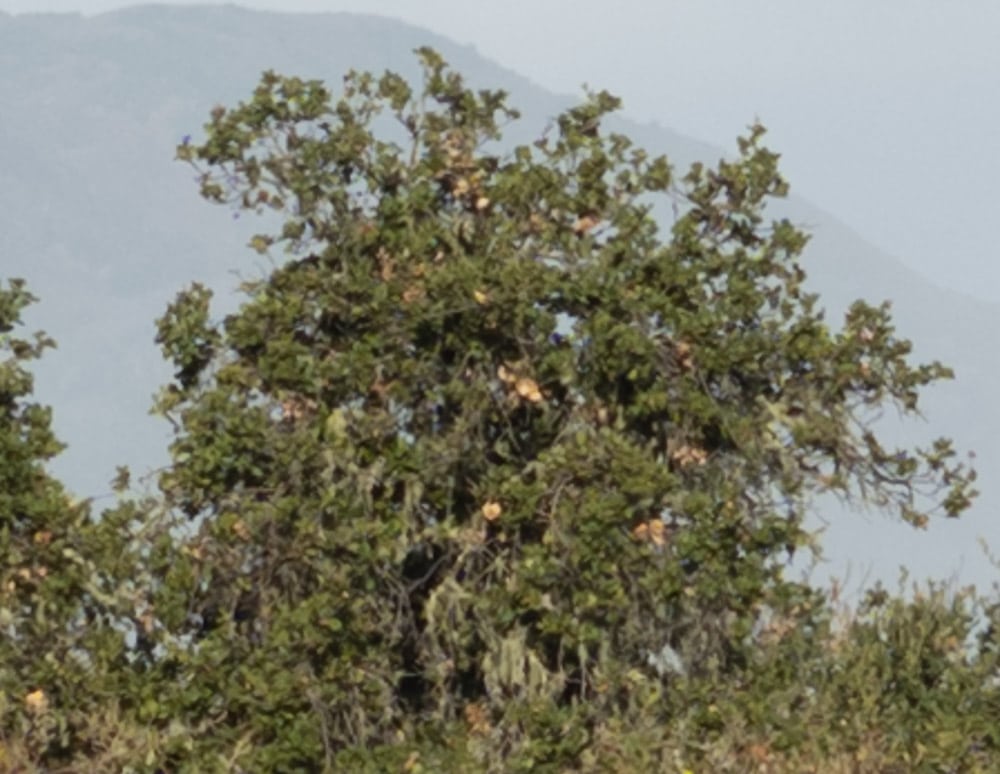
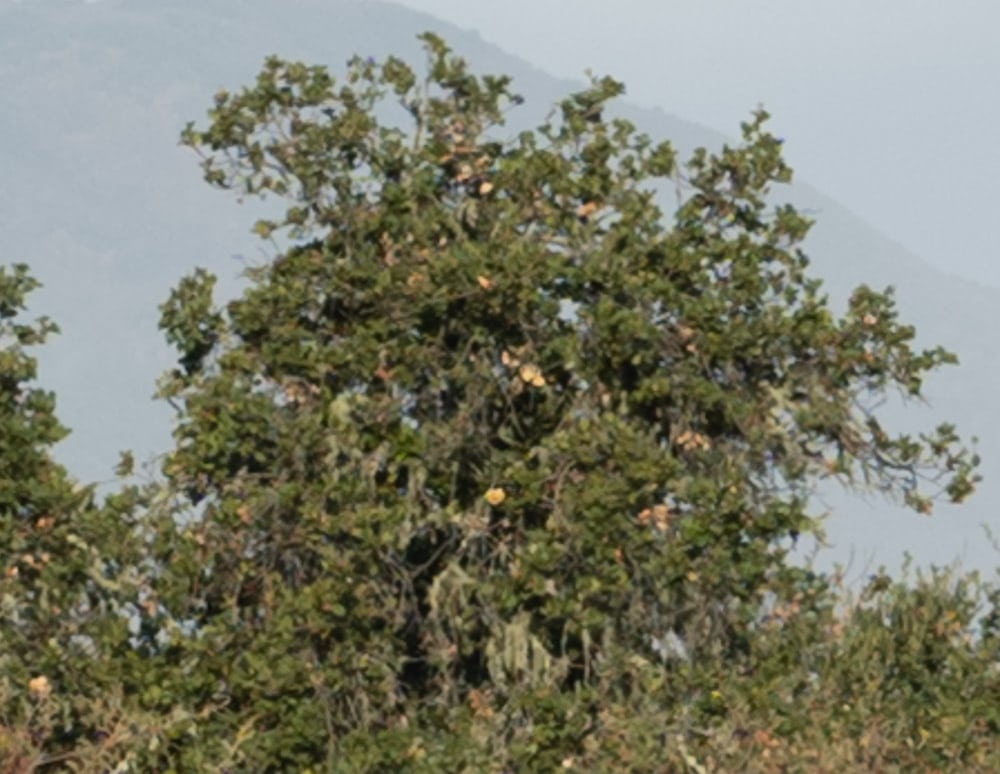
The first two are about the same sharpness, and quite good sharpness, at that; f/4 is a hair better.
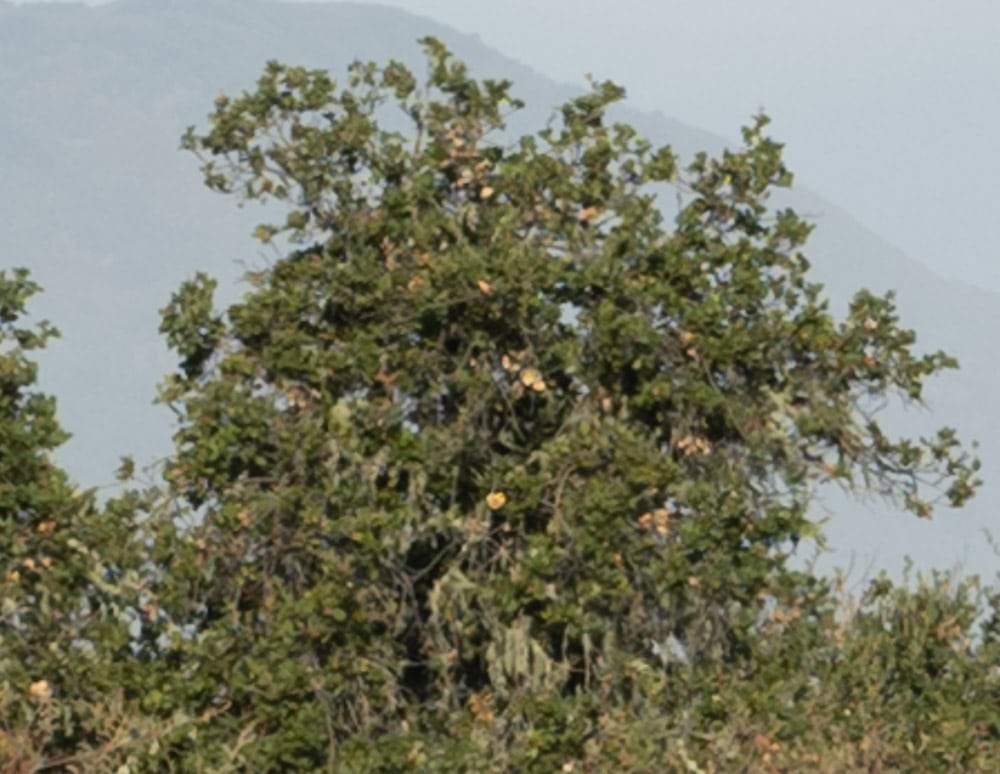
We loose a tiny bit of sharpness at f/5.6.
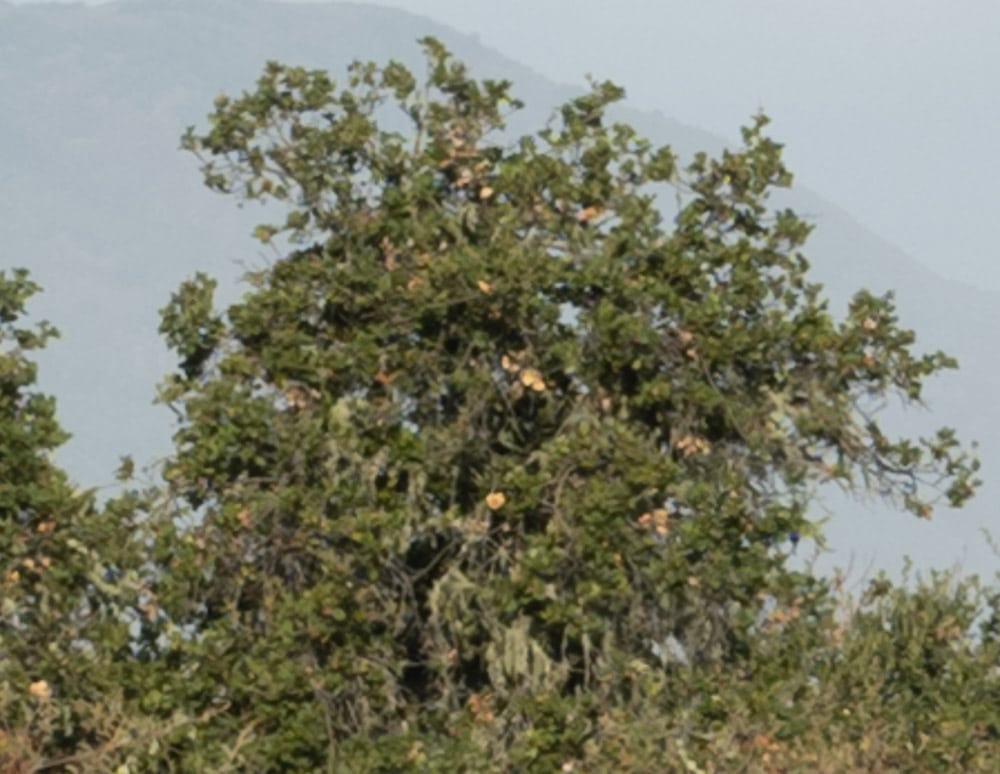
And a bit more at f/8. All of these are very sharp, however.
In the upper-left corner:
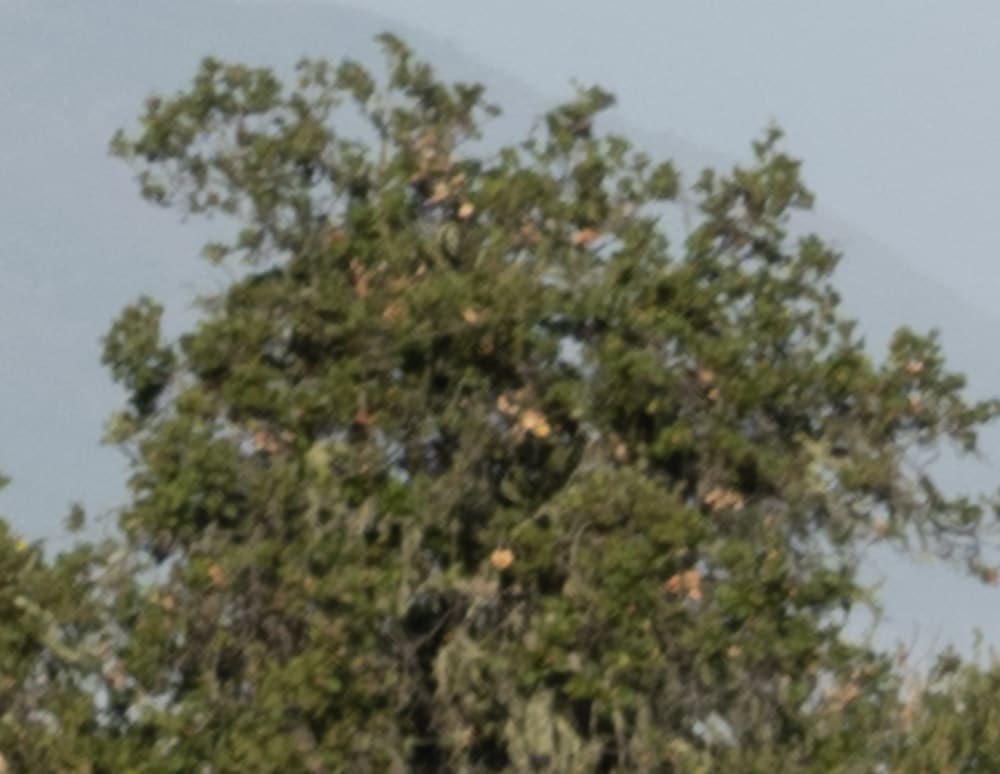
Definitely softer than the center. Not good for landscapes, but just fine for many things. There’s a little illumination falloff, but it’s not bad at all.
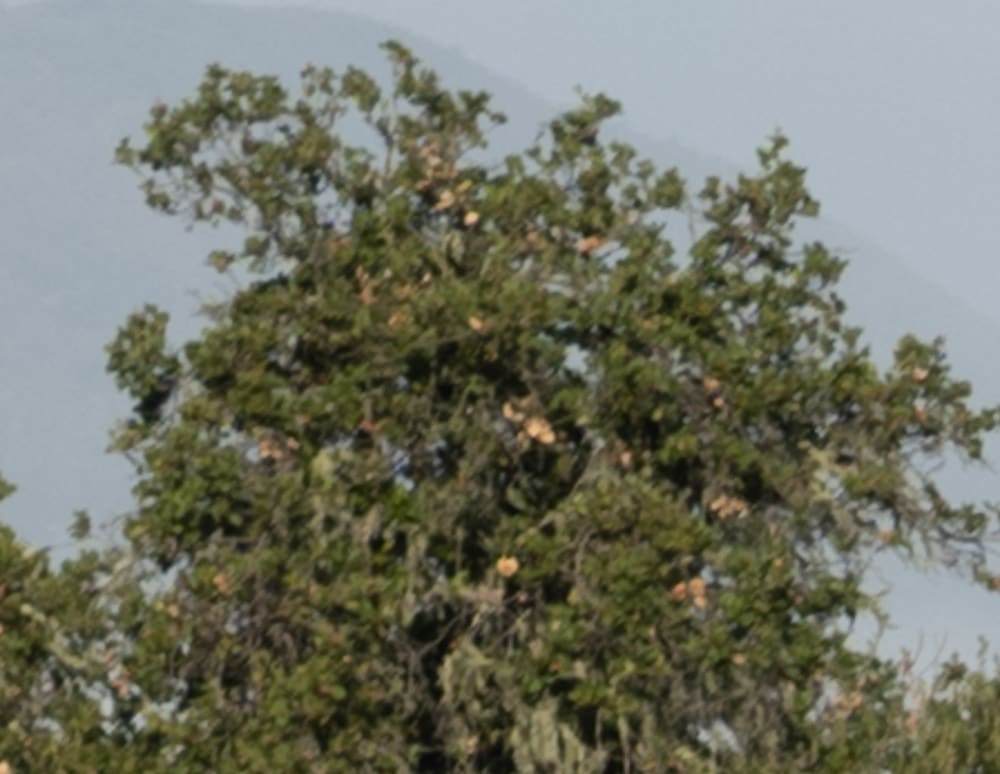
Things crisp up nicely at f/4.
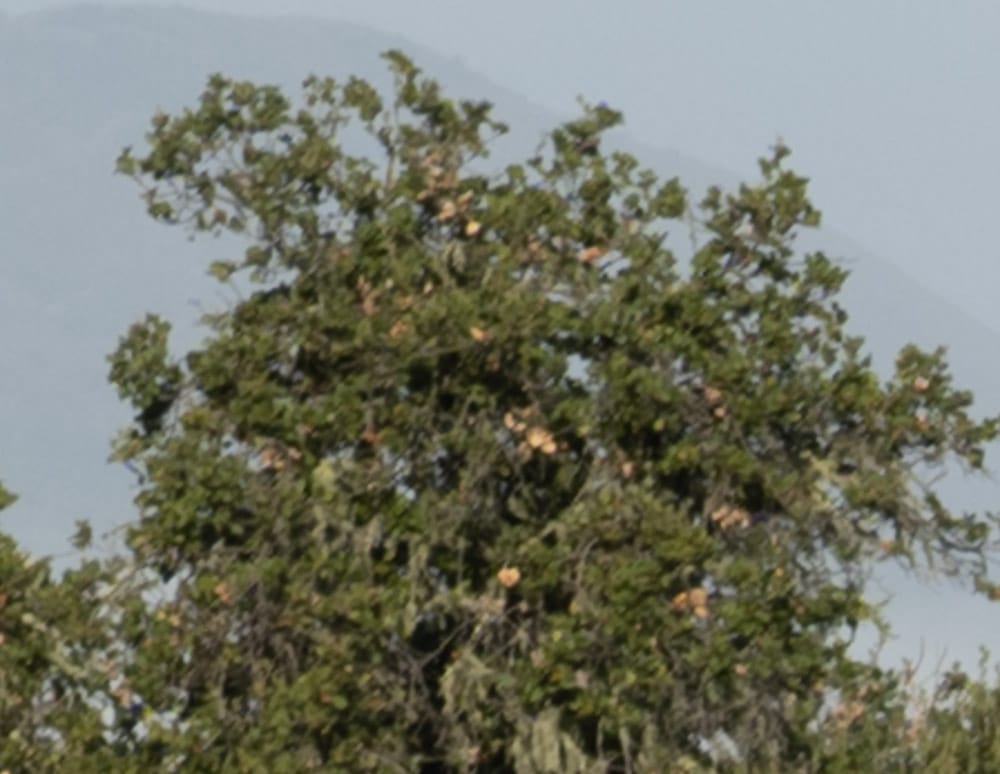
A bit better at f/5.6.
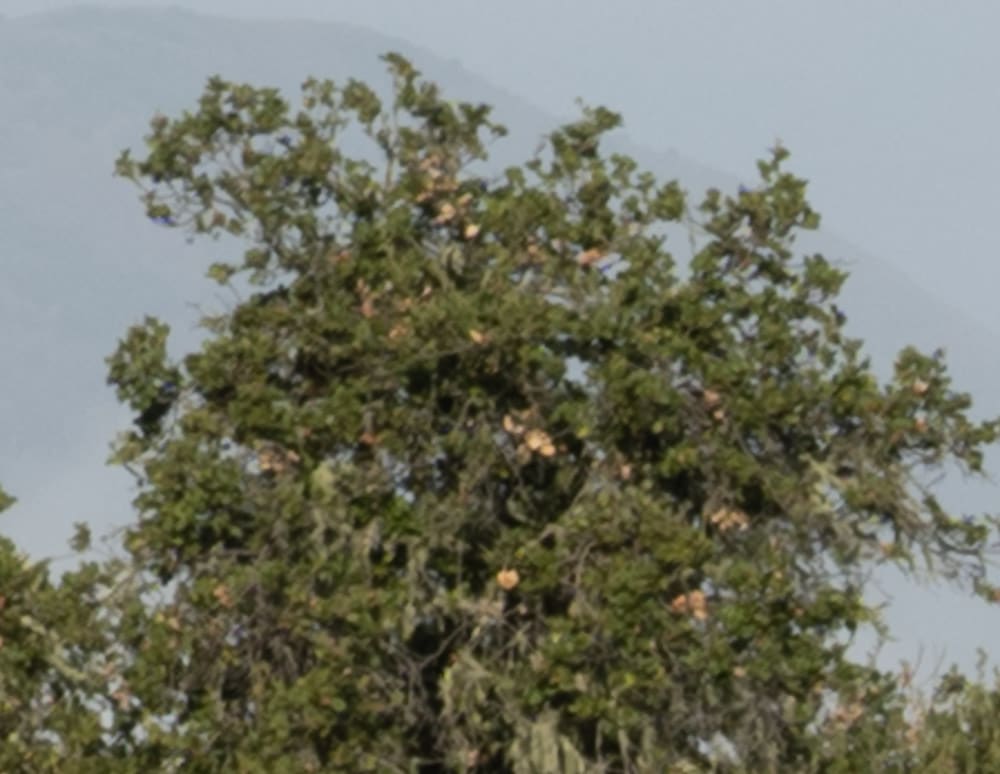
Diffraction is adversely affecting the f/8 image, although not enough to keep that from being an excellent choice for landscapes.
Like the Sigma 35, the best compromise f-stop across the frame is f/5.6.
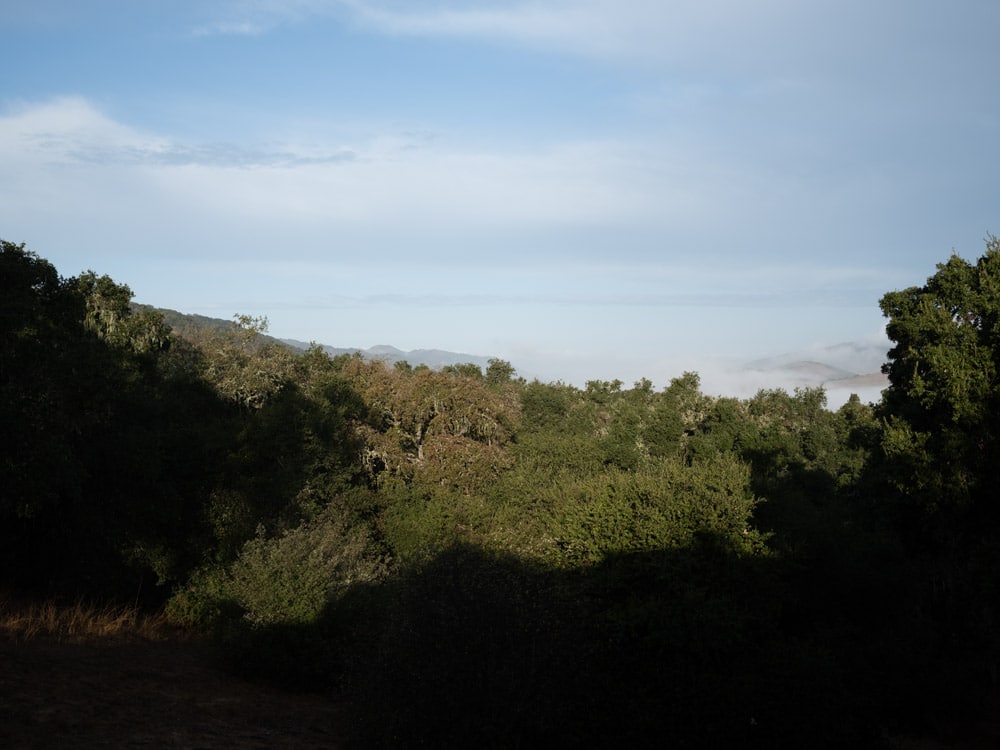
Leave a Reply